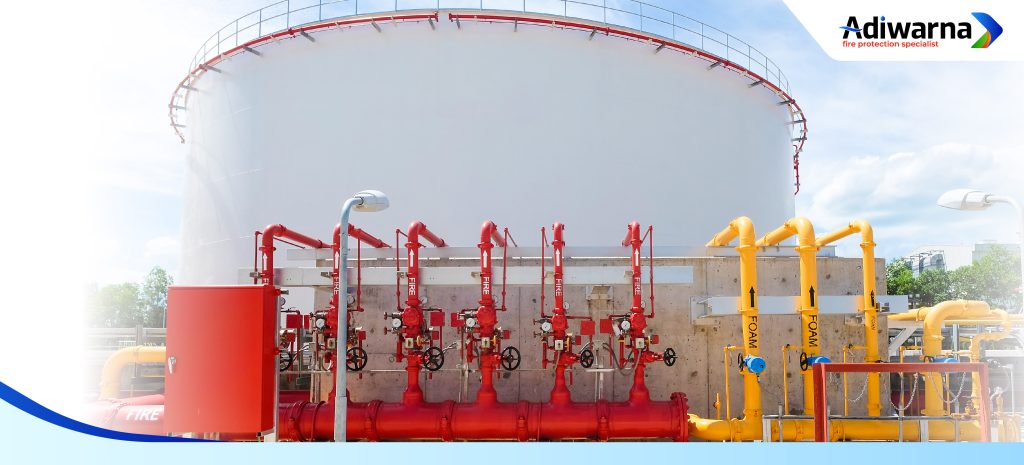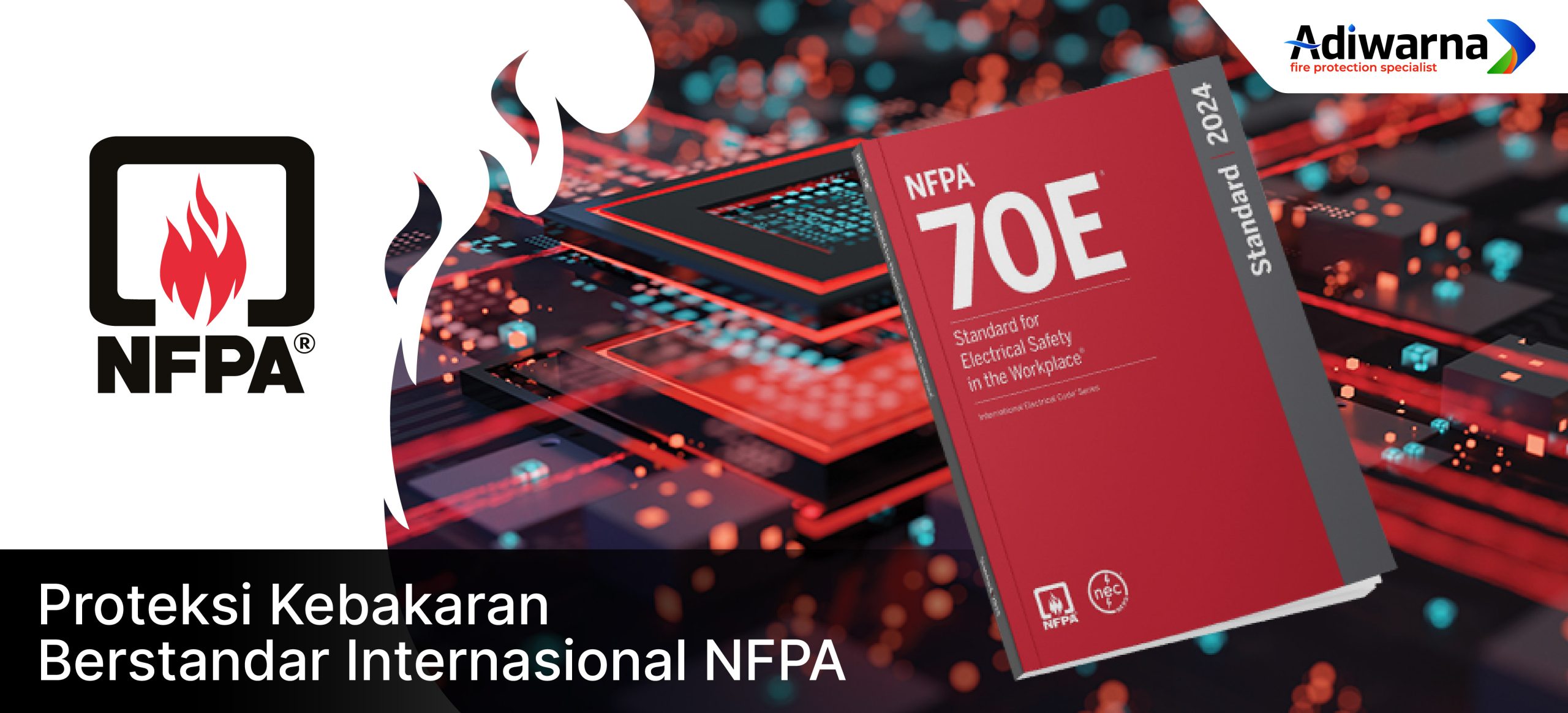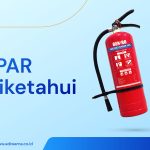Understanding NFPA Standards: Guidelines for Fire Safety and International Safety Systems
NFPA (National Fire Protection Association) standards are a set of guidelines designed to improve fire safety and protect lives and property. Founded in 1896, the National Fire Protection Association is an international non-profit organization that develops and publishes more than 300 codes and standards for various aspects of fire safety and related security.
Objectives
The primary objective is to provide comprehensive guidance for preventing fires, minimizing the risk of injury, and reducing losses due to fire incidents. National Fire Protection Association standards are used by various parties, including engineers, contractors, building owners, fire departments, and government regulators.
Standard Category
Various National Fire Protection Association standards cover a wide range of topics, including:
- Fire Safety in Buildings
- NFPA 101: Life Safety Code regulate the design and maintenance of buildings to ensure safe evacuation in case of emergencies.
- NFPA 5000: Building Construction and Safety Code focusing on the structural safety of buildings.
- Fire Suppression System
- NFPA 13: Setting up an automatic sprinkler system.
- NFPA 25: Providing guidance on inspection, testing, and maintenance of fire extinguishing systems.
- Electrical Safety
- NFPA 70: National Electrical Code (NEC) provides guidelines for safe electrical installation.
- NFPA 70E: Focus on worker safety from electrical hazards.
- Transportation and Hazardous Materials
- NFPA 30: Regulate the storage and handling of flammable liquids.
- NFPA 52: Providing guidance on the use of compressed natural gas (CNG) and liquefied natural gas (LNG).
- Industrial Safety
- NFPA 654: Regulating dust explosion prevention in industrial facilities.
- NFPA 72: National Fire Alarm and Signaling Code set up a fire alarm system.
Implementation and Compliance

The National Fire Protection Association is often adopted as a legal basis by local authorities. Although the application of National Fire Protection Association standards is voluntary, many jurisdictions and countries make them a legal requirement. In Indonesia, these standards are used as a reference in the design and operation of high-rise buildings, industrial facilities, and electrical installations.
Benefits of Following the NFPA Standard System
- Better Security: Reducing the risk of fire and accidents.
- Legal Compliance: Comply with local or international regulatory requirements.
- Investment Protection: Reducing potential losses due to fire.
- Company Image: Enhancing client and employee confidence in workplace safety.







